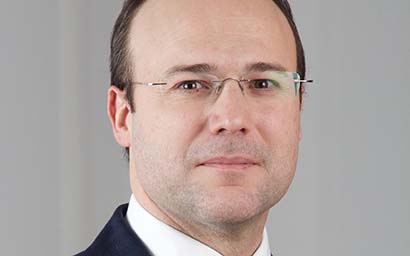Mariano Giralt, of BNY Mellon, highlights the success of the CCF – a type of tax-transparent fund structure – and says why he thinks the success will continue.
Tax-transparent funds (TTFs) have been used by institutional investors for almost 20 years. However, it is only recently that their popularity has taken off, following the launch of the UK’s Authorised Contractual Scheme (ACS) in 2014 and as technology investment has made them more automated and streamlined.
One of the most popular is the Irish Common Contractual Fund (CCF). Unlike other Irish fund structures such as Irish Collective Asset-management Vehicles (ICAVs), Public Limited Companies (PLCs), unit trusts and investment limited partnerships, the CCF is specifically designed to enable asset managers and asset owners to pool their investments in a tax efficient manner.
CCFs are primarily used as investment pooling vehicles for multinational pension funds where global corporates seek the benefits of economies of scale, and better governance and investment decisions, for their pension funds throughout the world. They need a fund vehicle that, as far as possible, provides the same tax answer as a pension fund investing directly in the underlying assets.
A CCF is tax transparent and profits are treated as accruing to the investors as if they had not passed through the CCF. The Irish Funds Association estimates that by structuring a fund as a CCF rather than a standard corporate fund, investors can save as much as 39 basis points in tax drag for a global equity portfolio and as much as 18 basis points for a European equity fund.
While CCFs were introduced in 2003, growth has been strongest recently, with assets increasing by approximately 200% over the last five years, reaching $150 billion. Demand for tax transparent structures such as CCFs and their equivalents – like the UK’s ACS, the Netherlands’ Fonds voor Gemene Rekening and Luxembourg’s Fonds Commun de Placement – is likely to continue to increase due to the many advantages they present, including operational efficiencies and withholding tax benefits that ultimately benefit funds’ underlying investors.
*Mariano Giralt is global head of tax and regulatory at BNY Mellon Asset Servicing.
© 2021 funds europe





